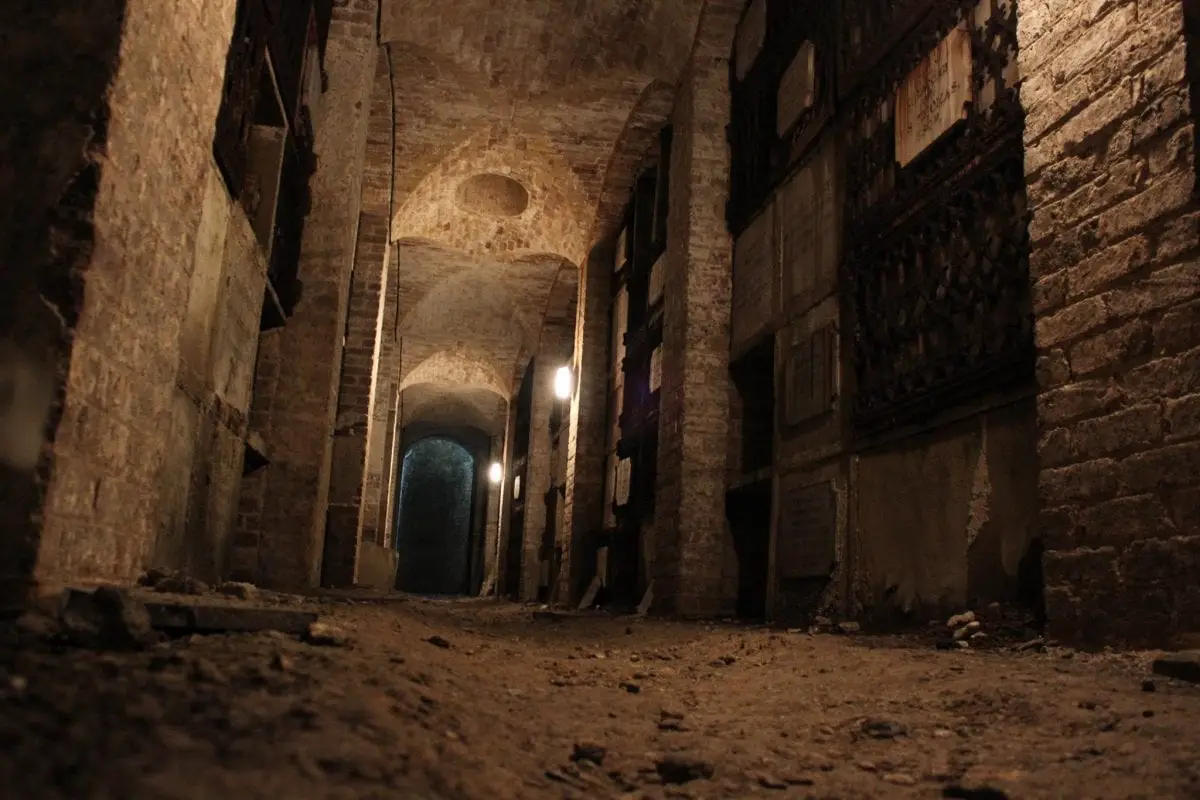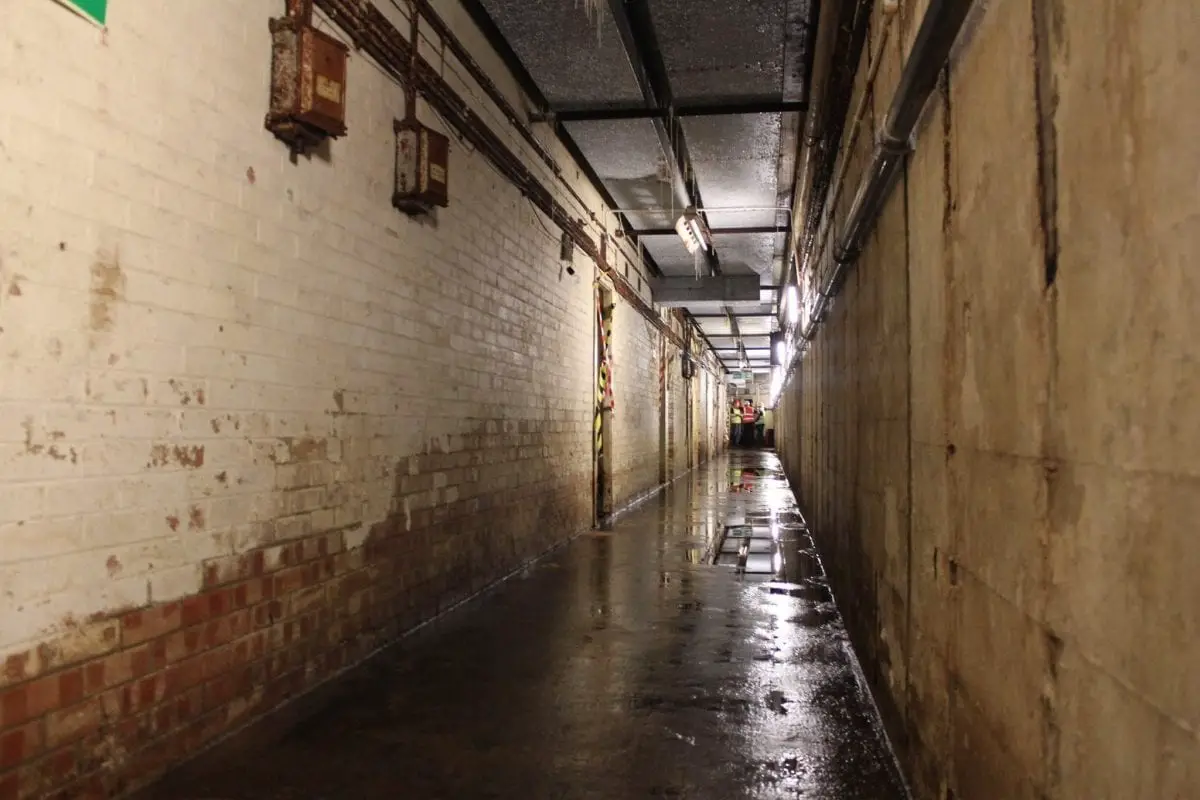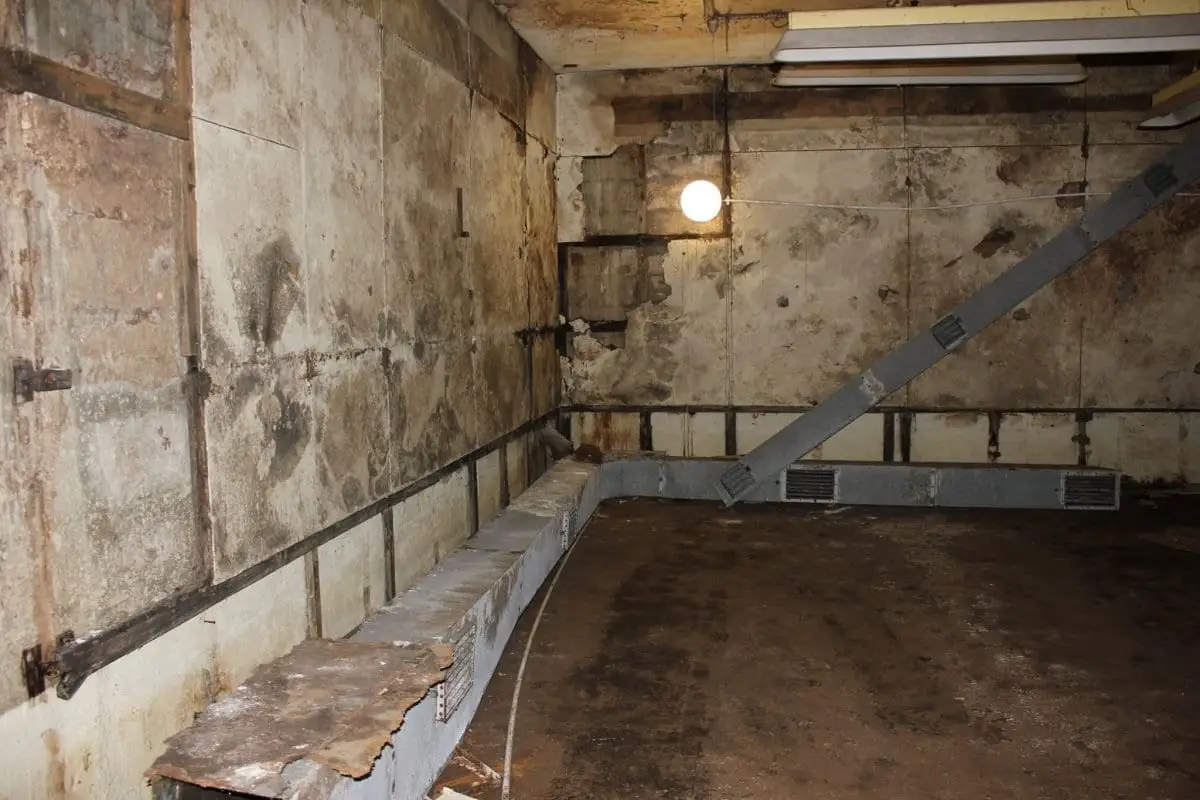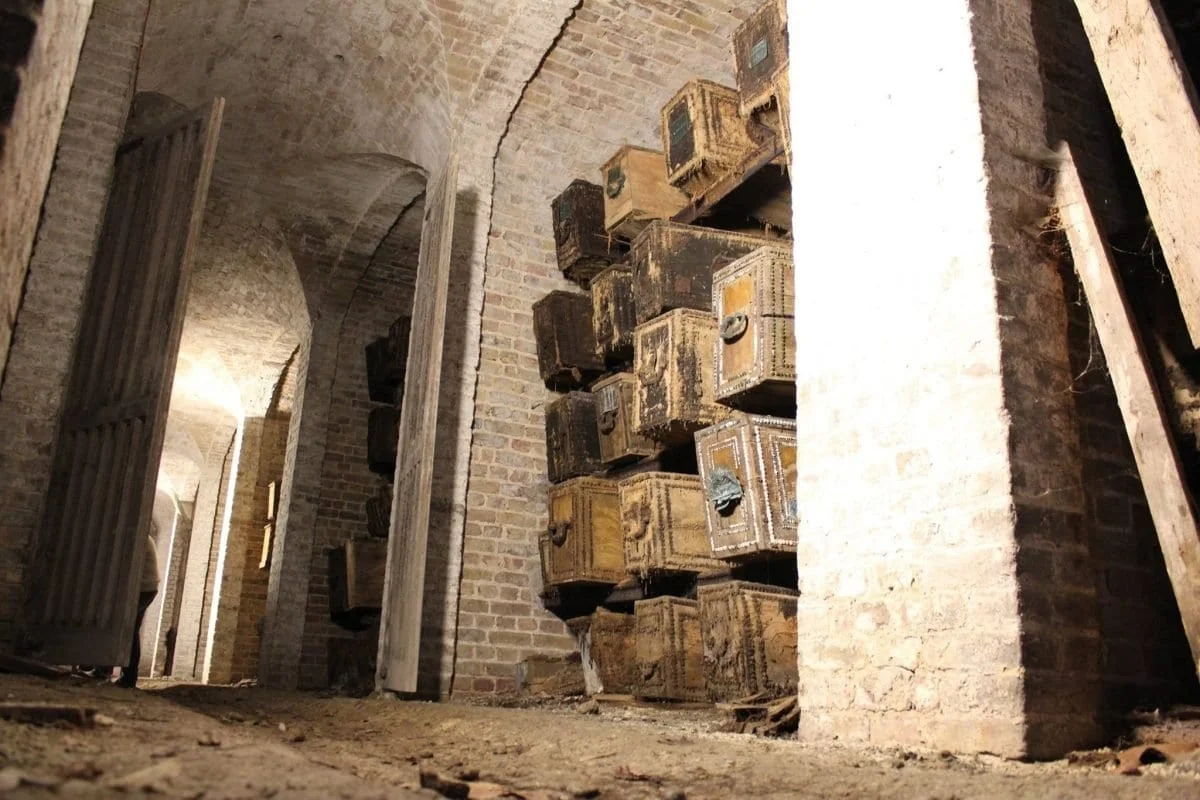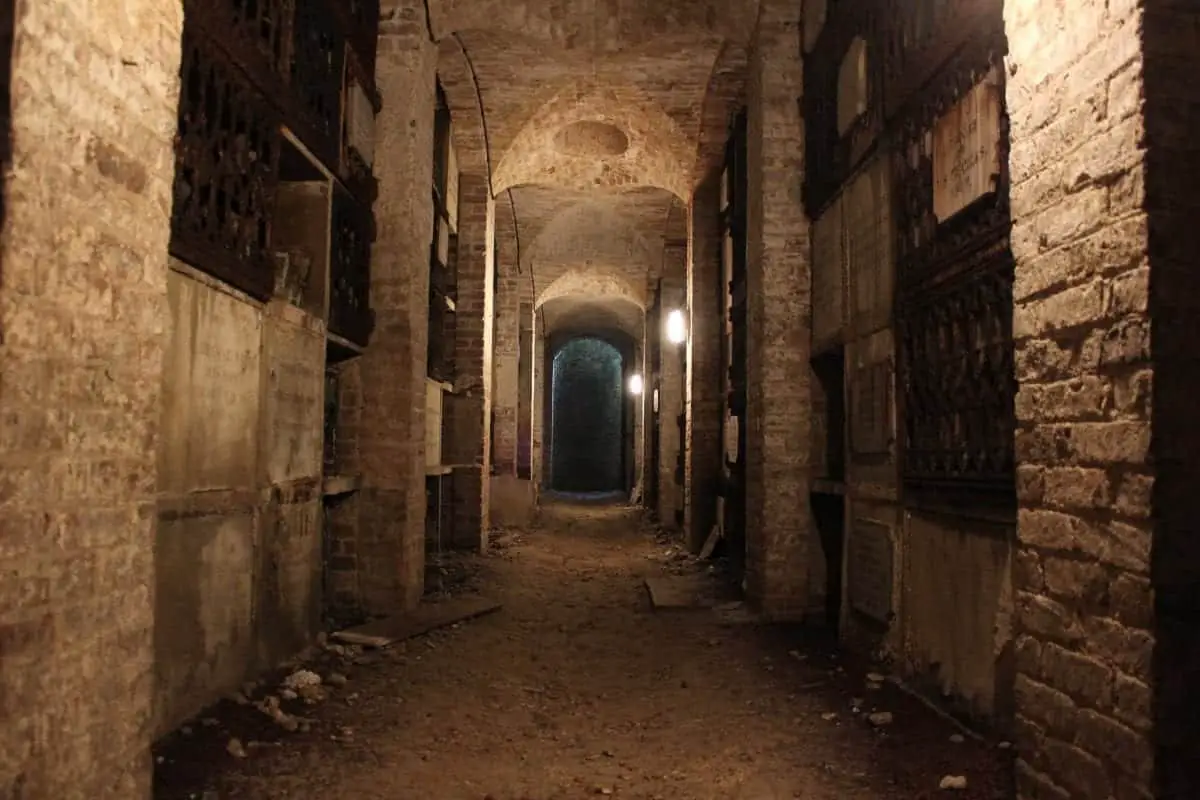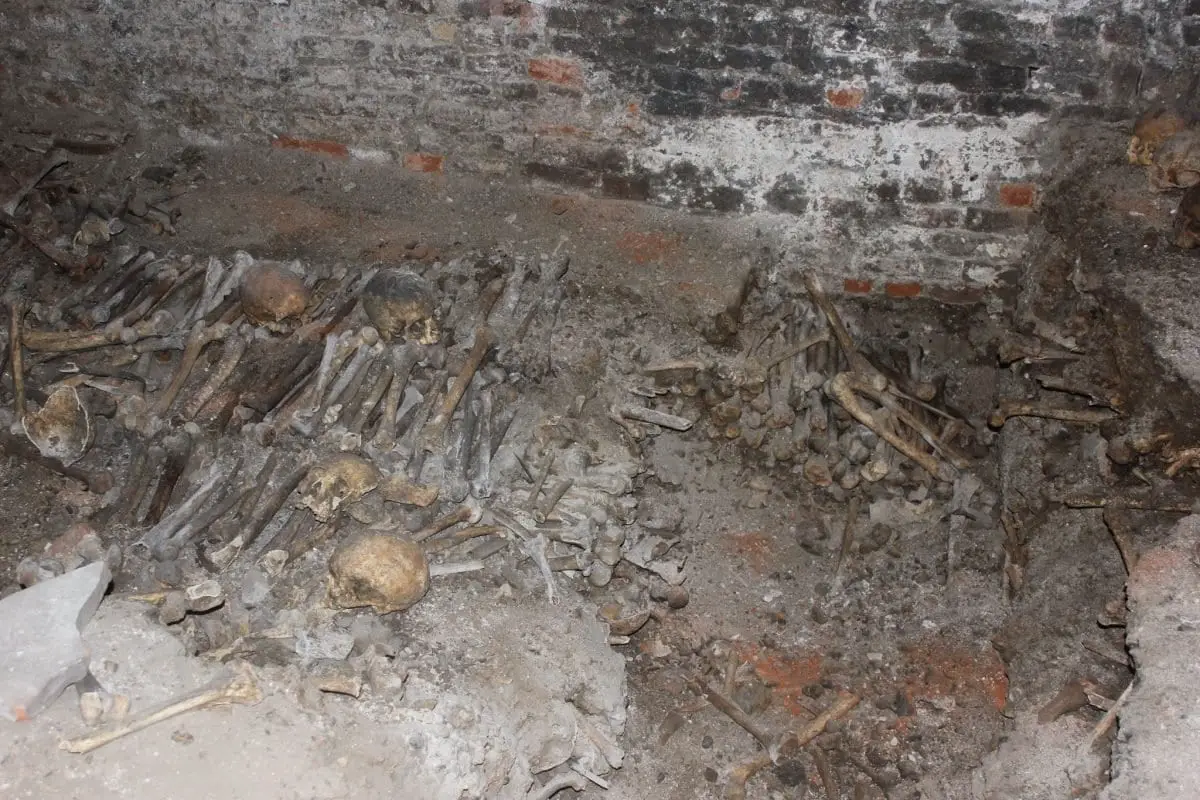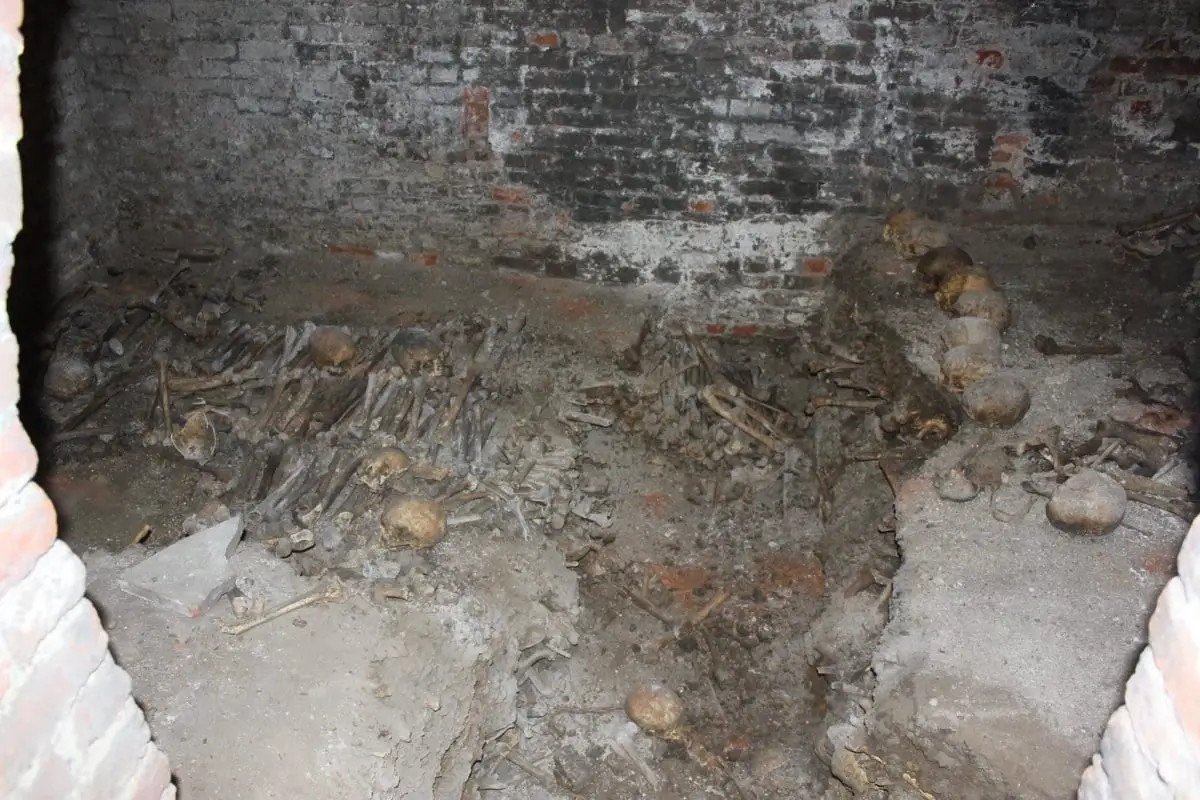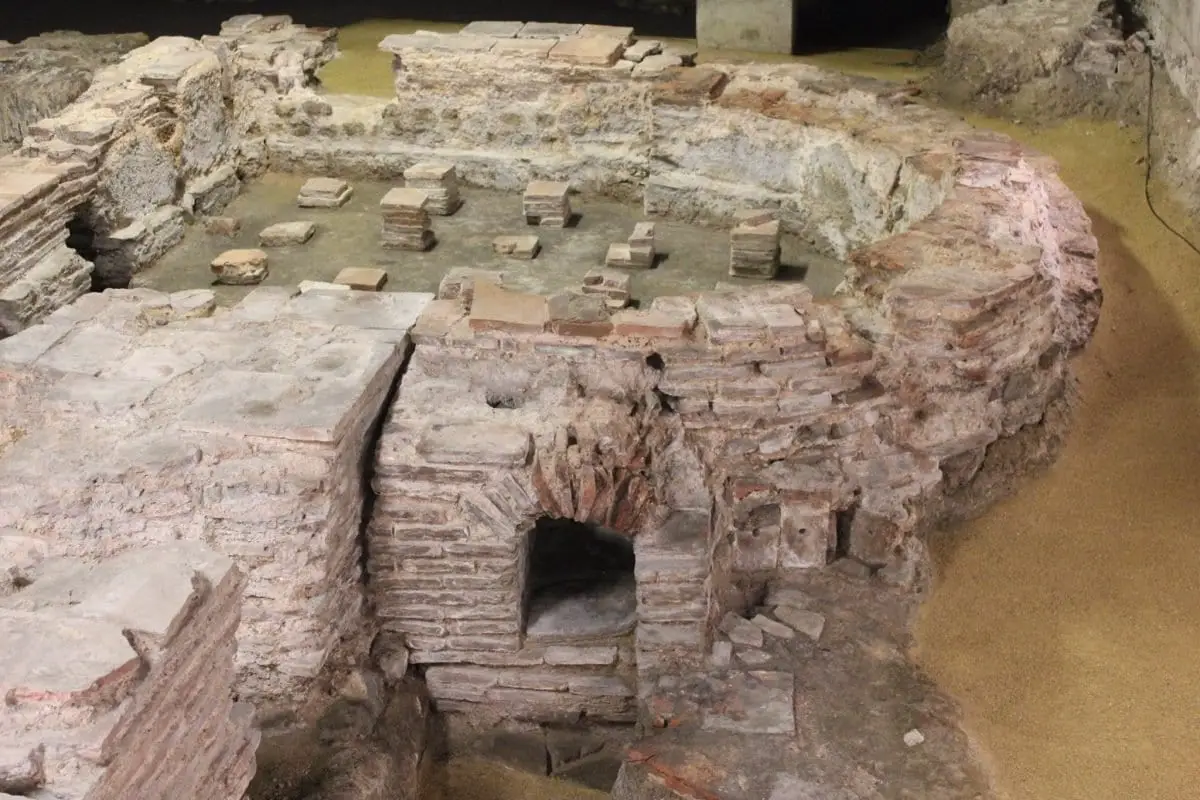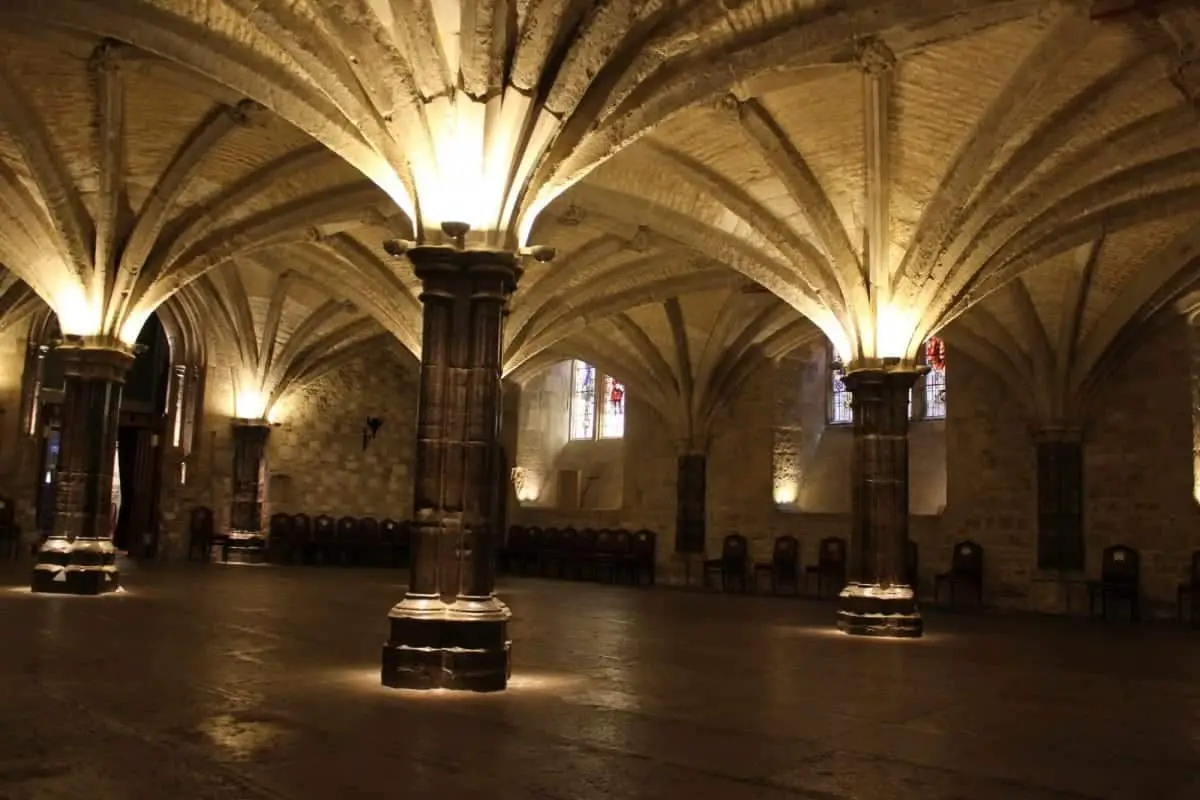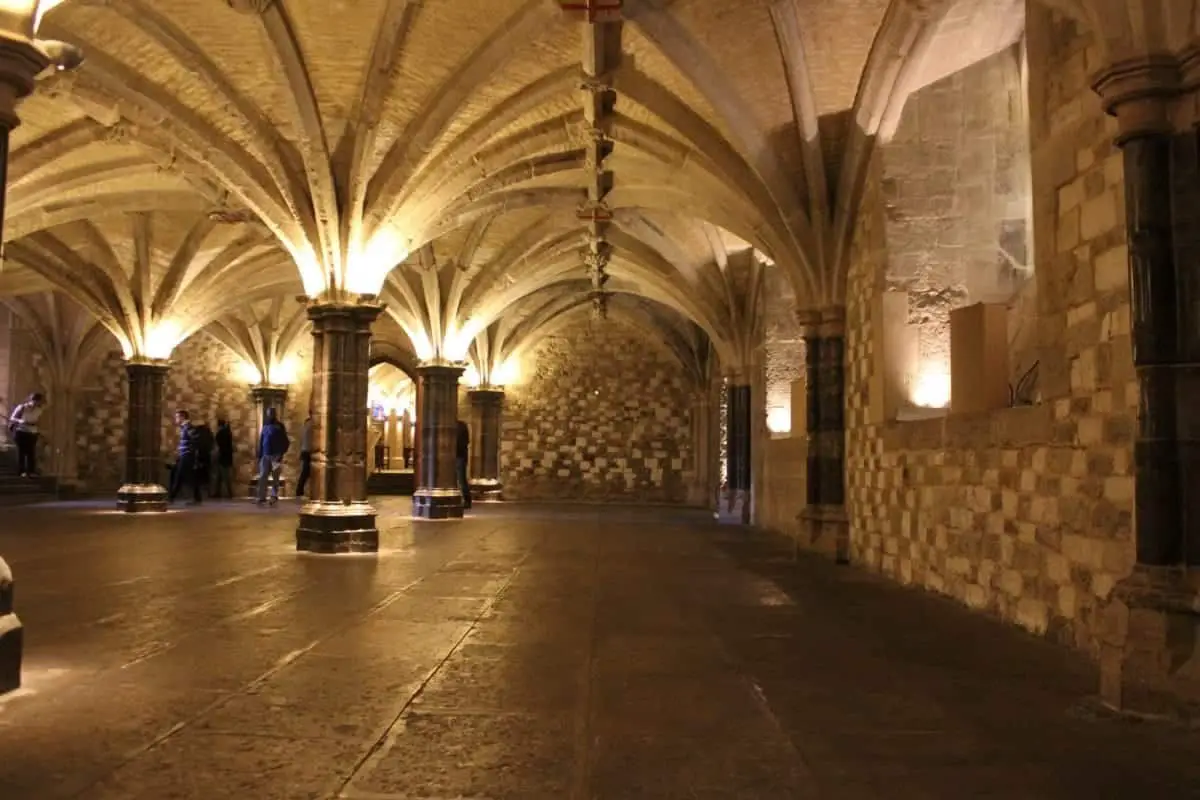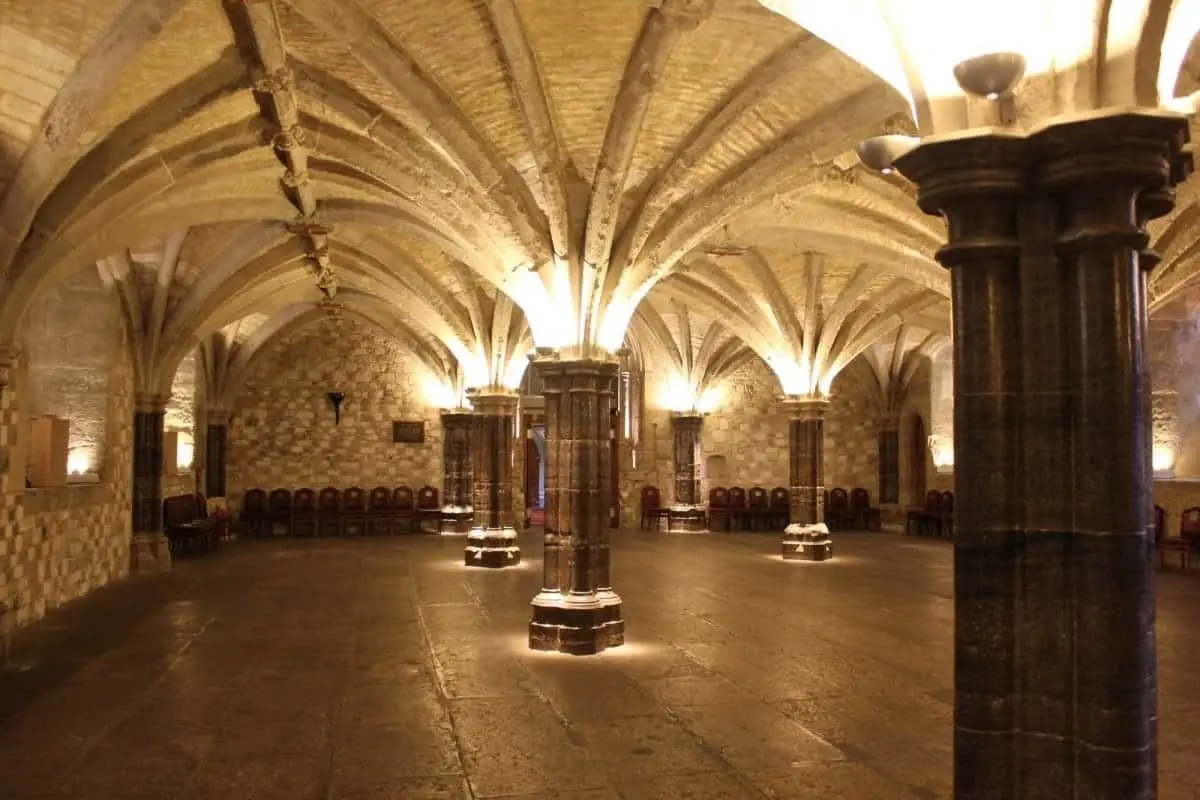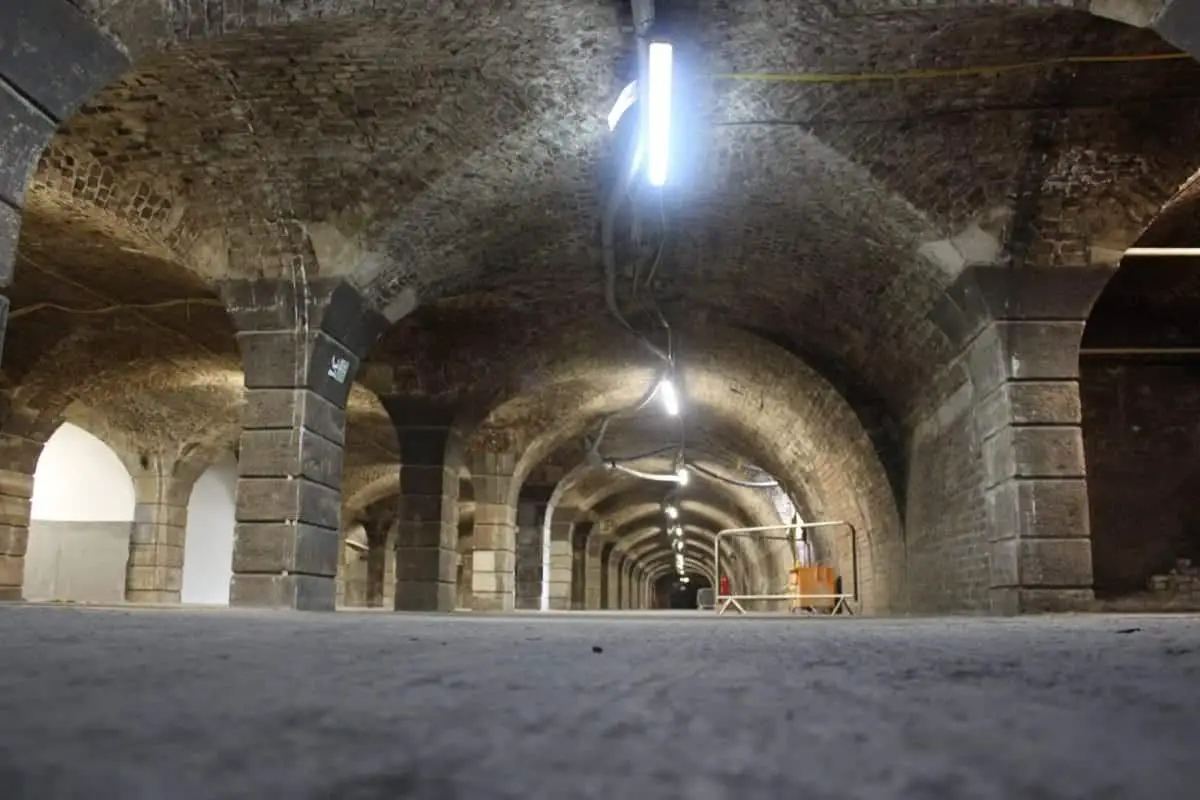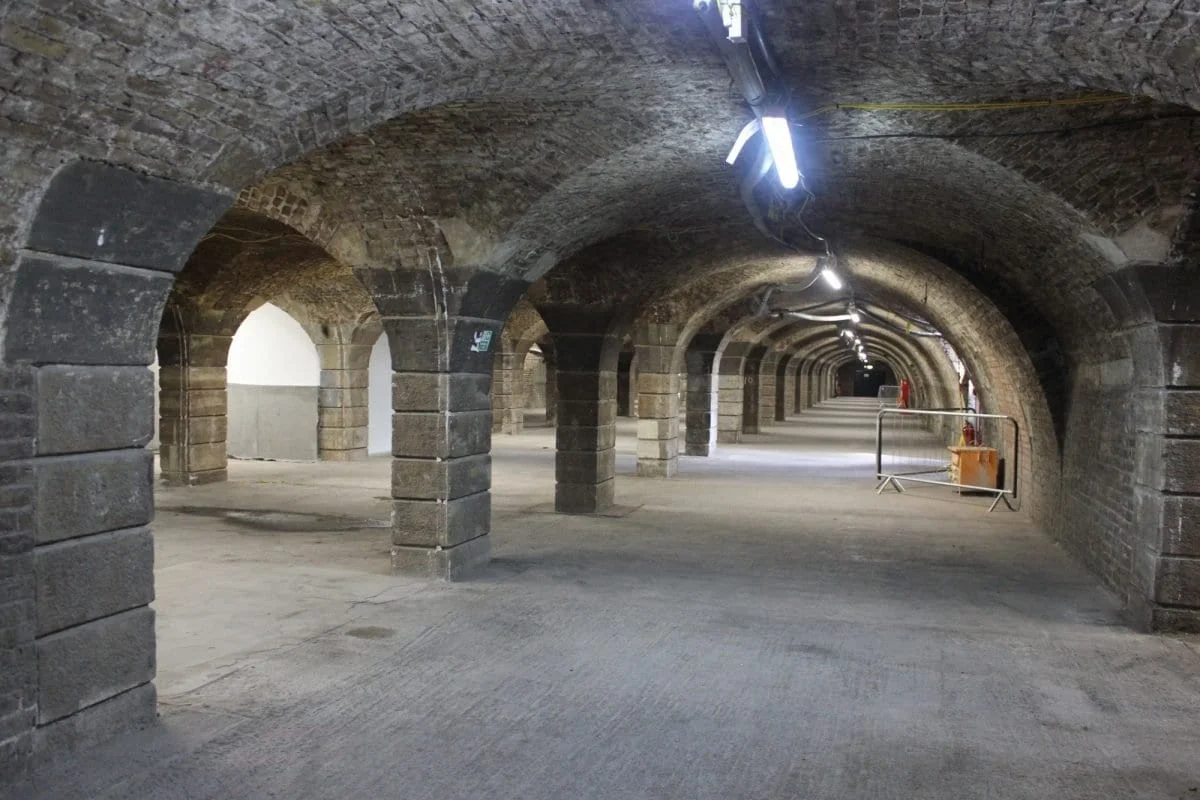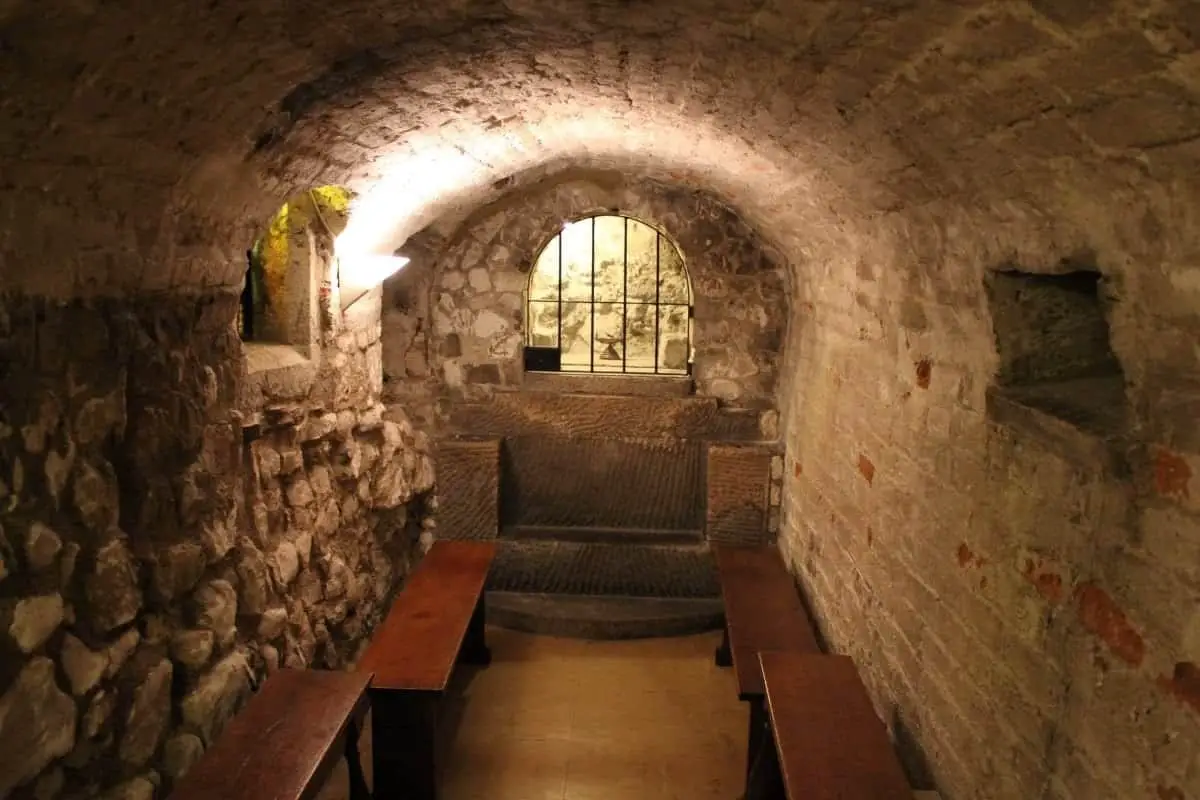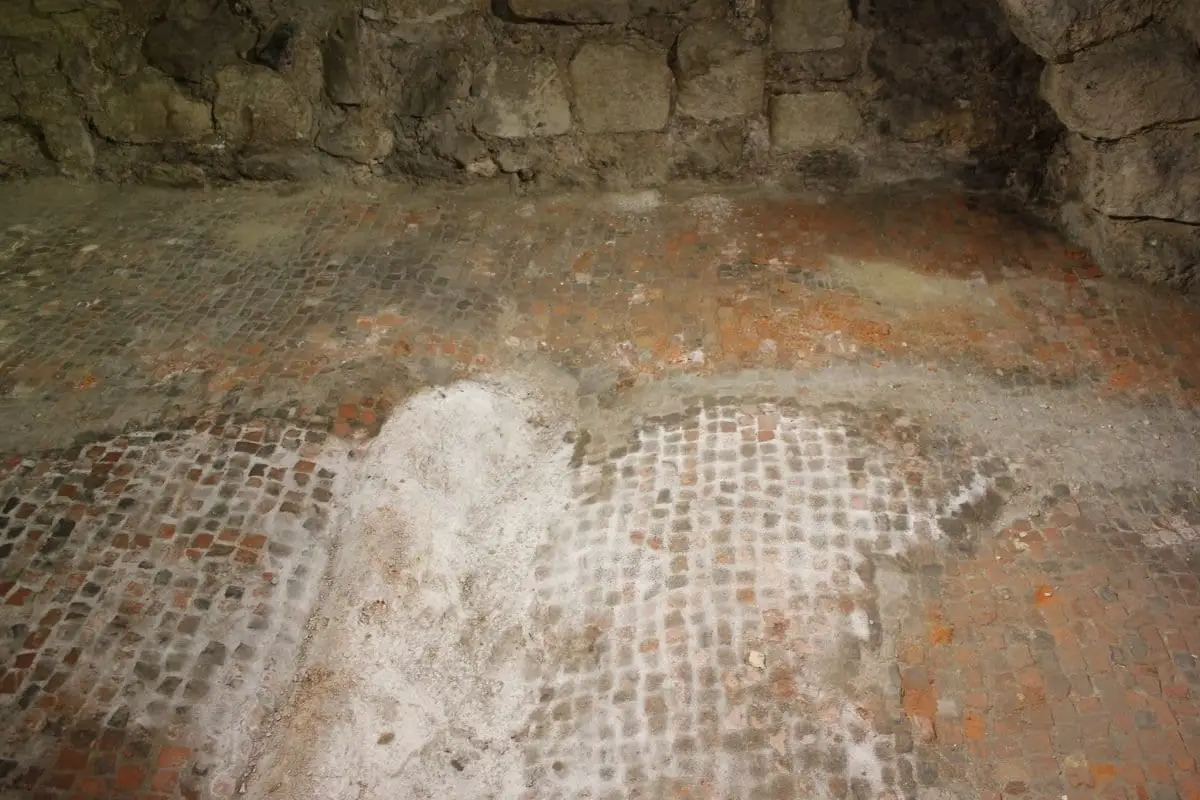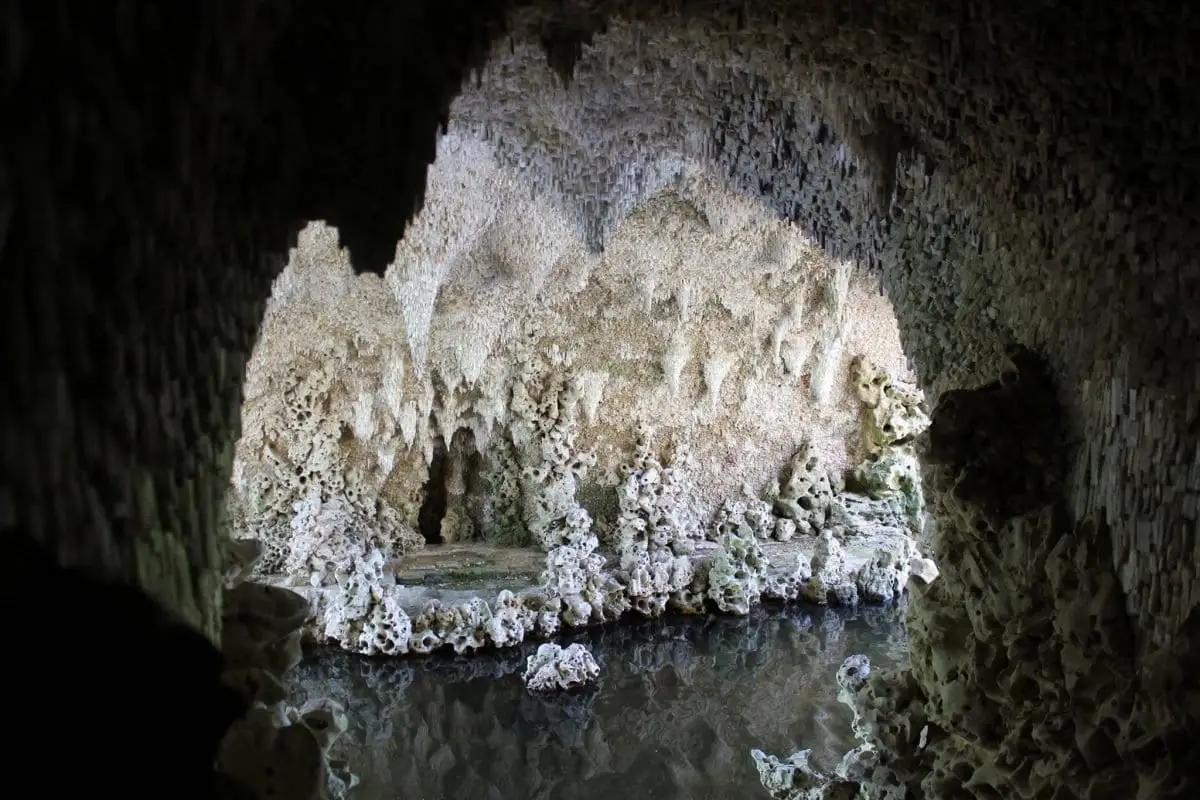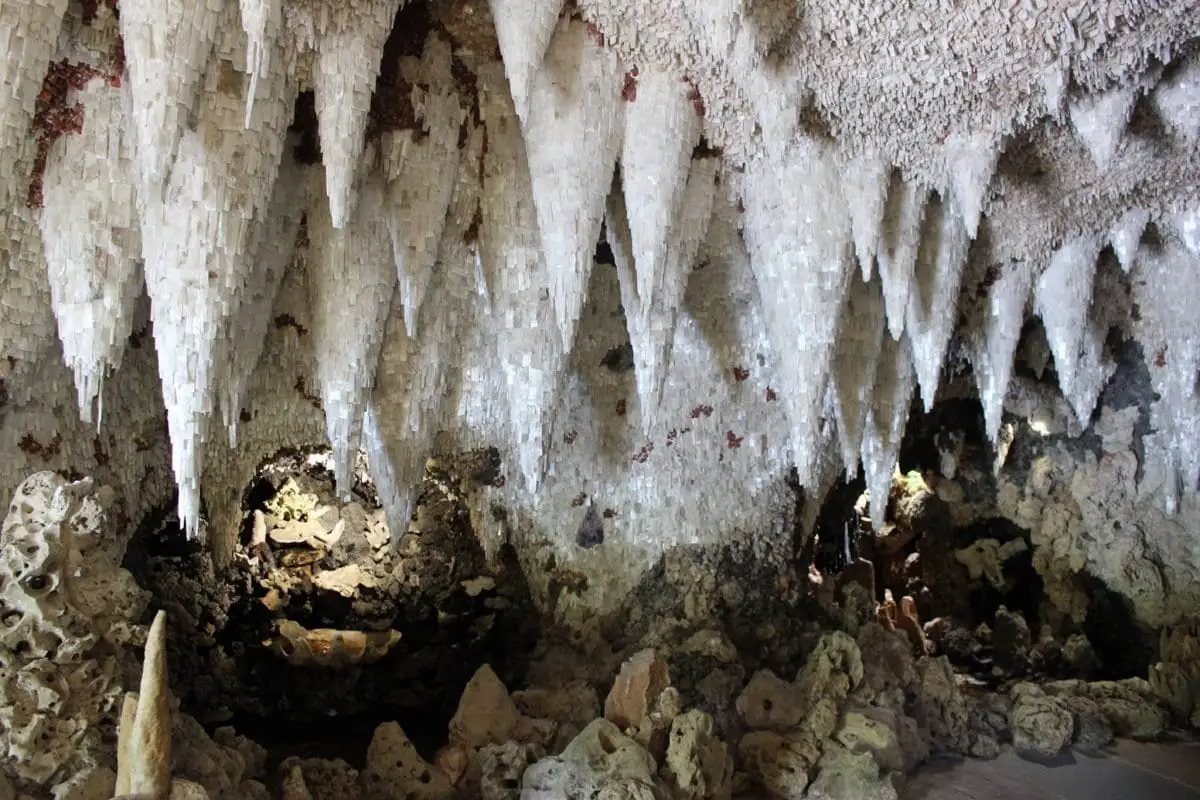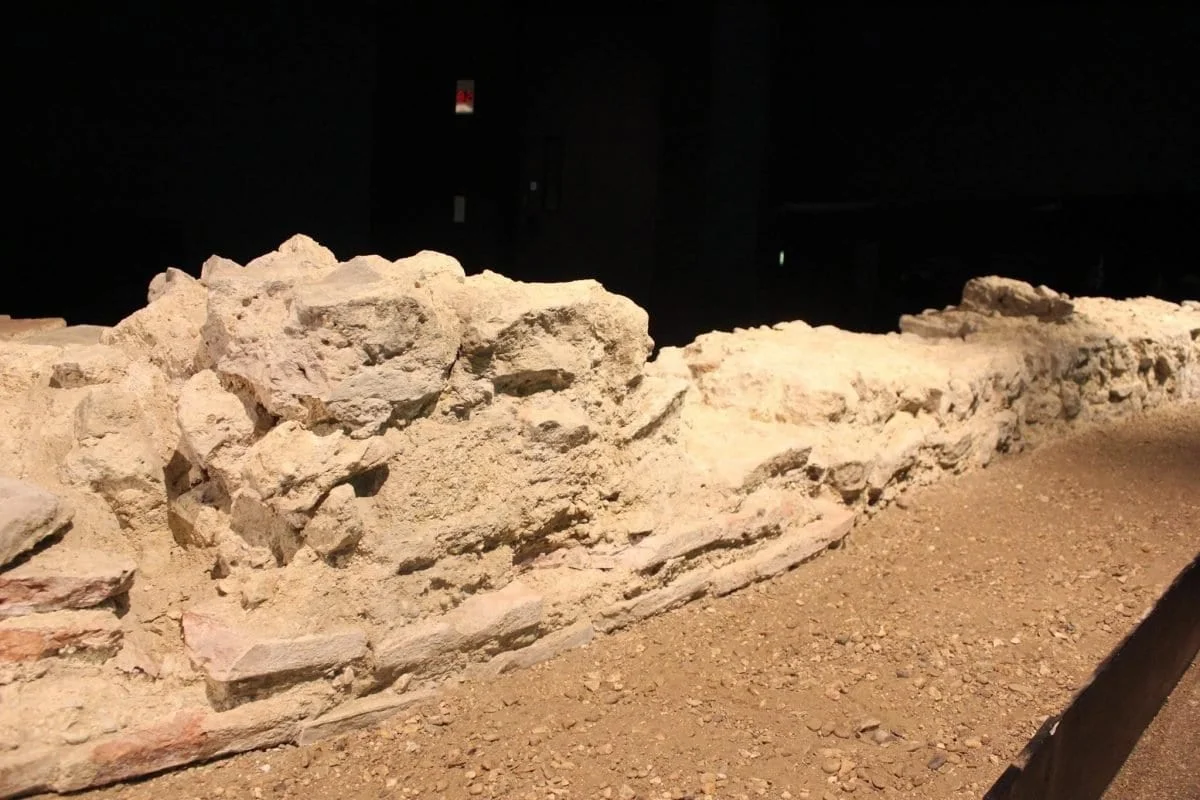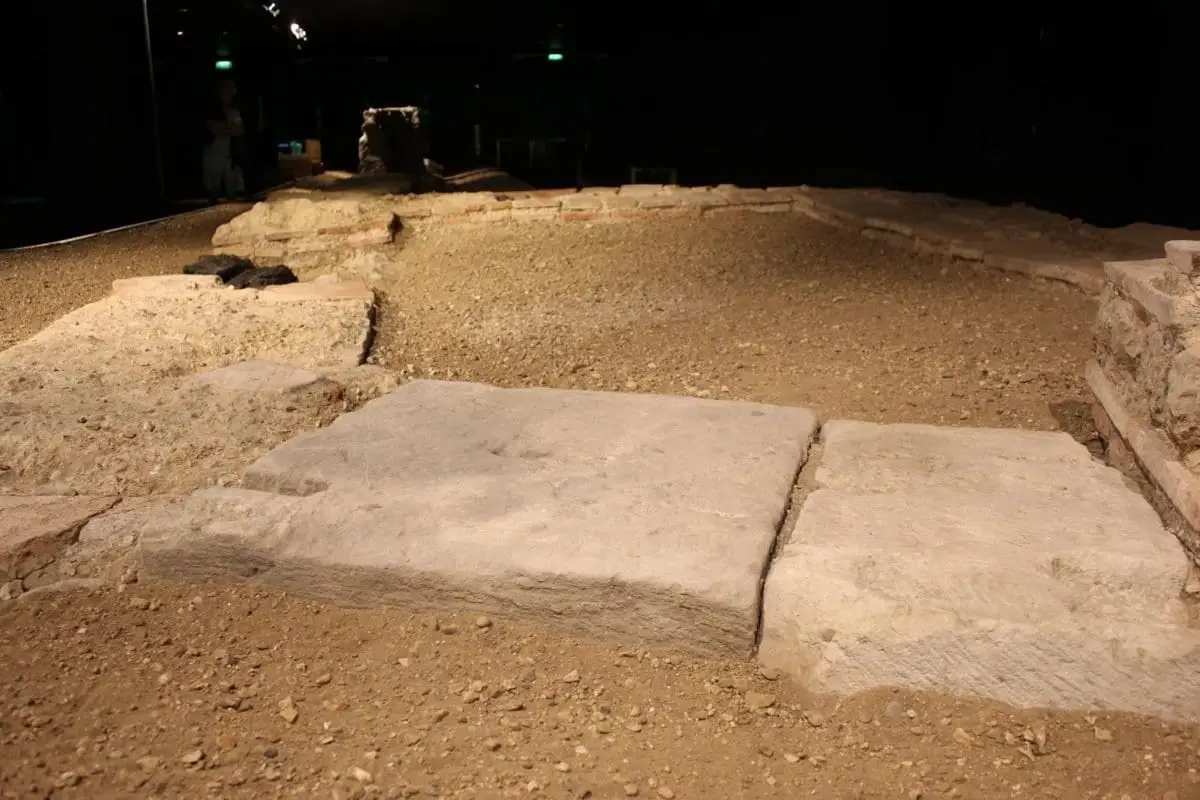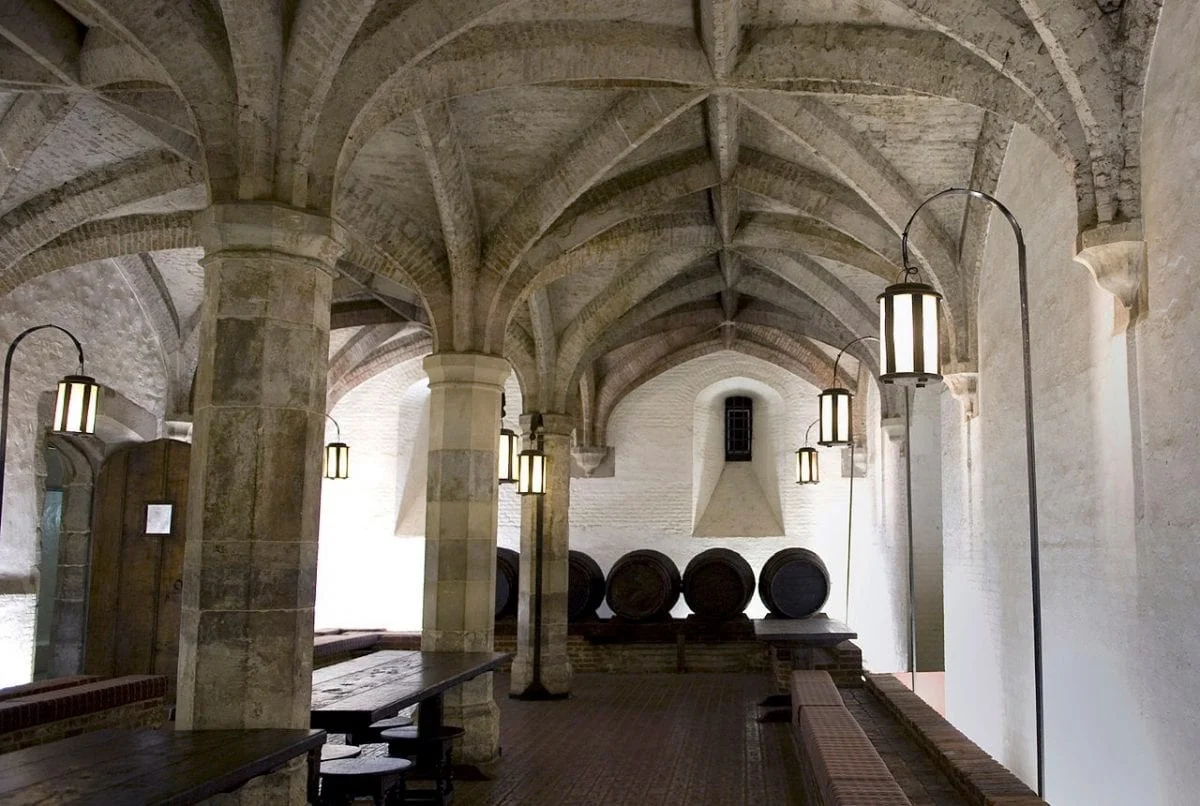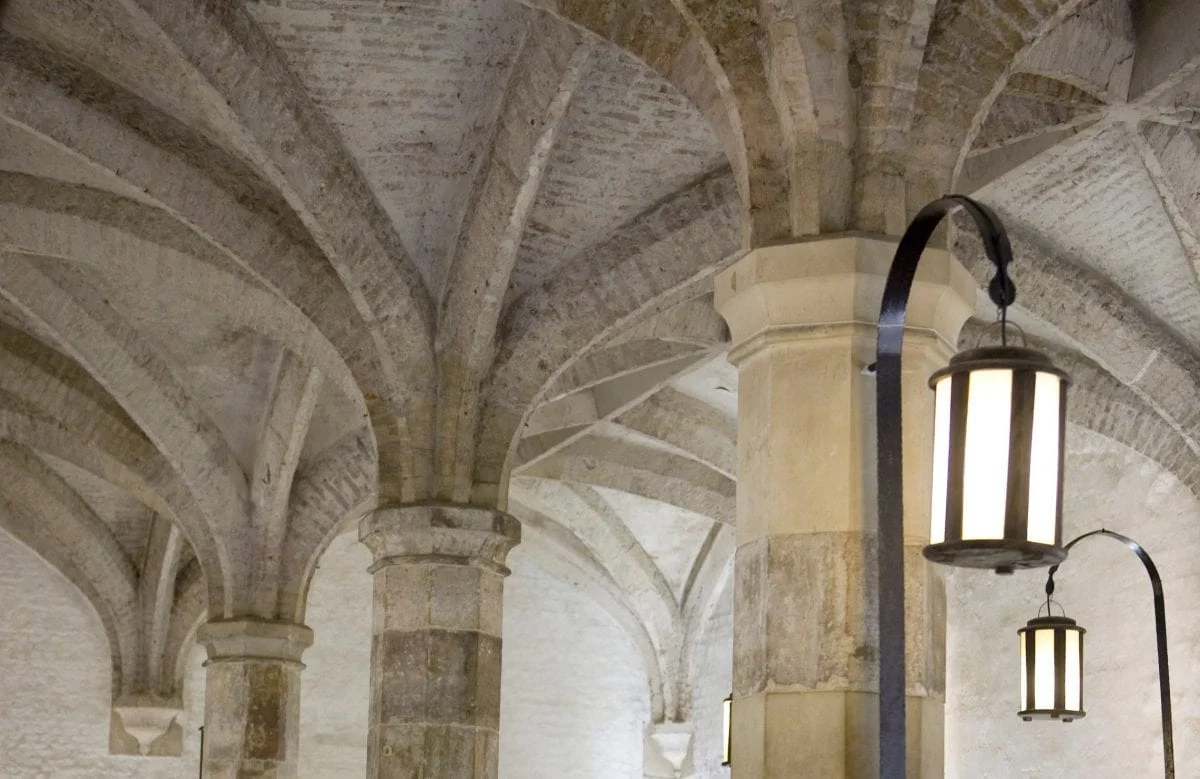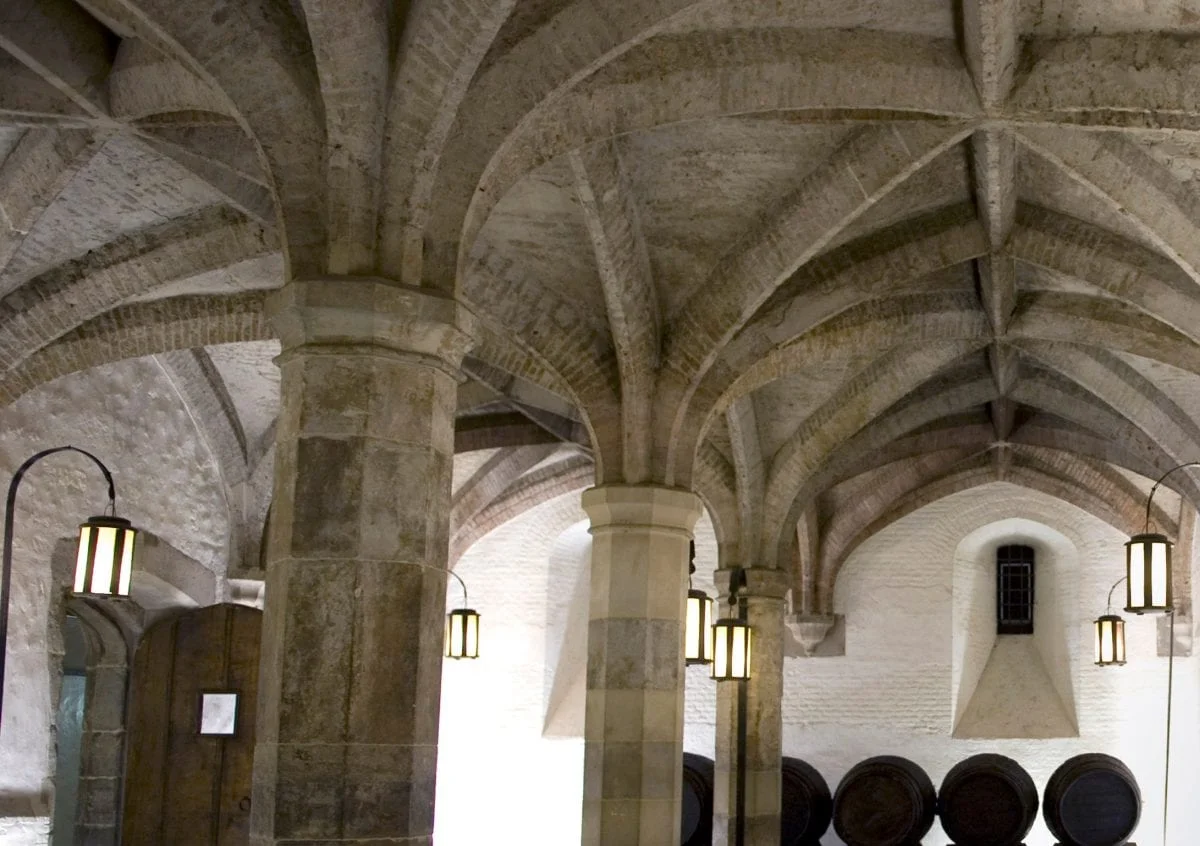London is a city full of architectural and historical wonders, but some of London’s most surreal historical sites are to be discovered beneath the busy streets…
1 Paddock
Paddock is the codename for a back-up secret cabinet war room bunker built during WW2 should Whitehall be no longer viable.
The bunker complex was constructed in total secrecy in 1939 in Dollis Hill, underneath part of the Post Office Research Station site.
Paddock is designed to be a virtually bomb proof bunker, built on two floors and containing forty rooms to house all branches of the military and primary assets of the government.
2 West Norwood Catacombs
The catacombs of West Norwood Cemetery (South Metropolitan Cemetery) reside underneath the former site of the Episcopal Chapel (demolished in 1955 due to bomb damage).
The catacombs and cemetery was opened by the South Metropolitan Cemetery Company in West Norwood to alleviate the overcrowded church yards in the area.
The cemetery was founded by its own Act of Parliament of 1836 and consecrated for its first burials in 1837.
3 Fleet Street Ossuary and Charnel House
The Fleet Street Ossuary and Charnel House are located within the crypts of St Brides Church in London.
Excavations in the 1950’s of the church revealed the a large number of skeletal remains from a medieval charnel house and individuals interred in the ossuary crypt.
4 Billingsgate Roman Bathhouse
The remains of the Billingsgate Roman bath house date from the 2nd-3rd century AD and were first discovered in 1848 during construction of the London Coal Exchange.
They remained preserved in the buildings basement, until further redevelopment at the site in the late 1960’s gave archaeologists the opportunity to further explore the ruin.
The site was to become the first designated protected heritage site in London, forming part of the first Ancient Monuments Act of 1882.
5 Guildhall East Crypt
Guildhall is a Grade I-listed building in the City of London and has been used as a town hall for several hundred years and the ceremonial and administrative centre of the City of London and its Corporation.
Located underneath the Guildhall is the East Crypt, the oldest part of Guildhall, dating back to Edward the Confessor (1042) and is considered to be one of the earliest and one of the finest examples of its kind in England.
6 Pennington Street Vaults
Pennington Street Warehouse is a grade II listed brick built warehouse and vault situated east of St Katharine Docks.
The vaults date from the early 19th century and served the Western Dock (London Docks) for storing wine and imported goods.
Referred to as ‘one of London’s most majestic ranges of cellarage… The interconnecting sections linked the warehouse with the rest of the London Docks, covering an area of over 20 acres.
7 All Hallows-by-the-Tower
All Hallows-by-the-Tower (All Hallows Barking) is an Anglican church overlooking the Tower of London.
The church was founded in AD 675 by the Saxon Abbey at Barking and still contains a 7th century Saxon arch built from recycled Roman tiles.
Although the church was expanded and rebuilt several times between the 11th and 15th centuries, in addition to gutted during the blitz, a 2nd century tessellated Roman pavement survives from a domestic roman building in the church crypts.
8 Crystal Grotto in Painshill Park
Located South West of London, the grotto is one of several follies in Painshill Park and a grade listed monument.
It was designed and created between 1738 and 1773 by the Hon. Charles Hamilton (MP). His creation was among the earliest to reflect the changing fashion in garden design prompted by the Landscape Movement, which started in England in about 1730.
9 Roman Amphitheatre
The Roman amphitheatre of Londinium is situated in a vaulted chamber beneath the Guildhall gallery complex.
Discovered in 1998 during a planned expansion of the Guildhall, the remains are displayed in situ and are now a protected monument. London’s first Roman amphitheatre was built in AD70, constructed of wood, but was later renovated during the 2nd century with rag-stone walls and a tiled entrance.
Able to hold thousands of spectators, the size of the amphitheater is displayed on street level, where the circumference of the arena is marked with a black circle on the paving of the courtyard in front of the hall.
10 Whitehall Palace Undercroft Cellar
The Palace of Whitehall (or Palace of White Hall) was the main residence of the English monarchs in London from 1530 until 1698 when all except Inigo Jones’s 1622 Banqueting House was destroyed by fire.
Before the fire, it had grown to be the largest palace in Europe with over 1,500 rooms, overtaking the Vatican and Versailles.
An undercroft from Wolsey’s Great Chamber, now known as Henry VIII’s Wine Cellar survives underneath the Ministry of Defence building. The cellar is a fine example of a Tudor brick-vaulted roof some 70 feet (21.3 m) long and 30 feet (9.1 m) wide.

